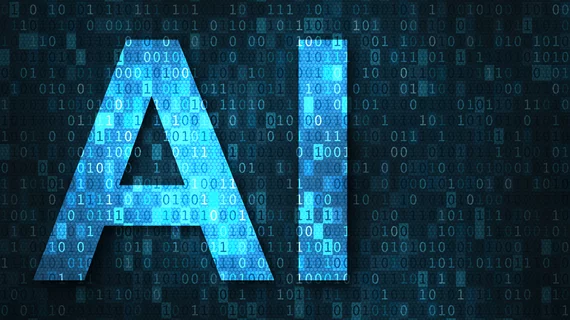How AI can help overburdened radiologists in China
On average, China has two physicians for every 1,000 people and an upwards of 300 million people suffer from chronic diseases, thereby further burdening an already overworked workforce, according to a news report from digital outlet Brink Asia.
How can artificial intelligence help China’s overburdened medical workforce—specifically the radiologists?
Short-term benefits would include addressing “operational bottlenecks” in hospitals and helping to optimize physicians’ work. With the utilization of AI, radiologists can get a “quick overview” of patient-relevant information, rather than sifting through endless images and patient reports, according to the report.
“Patient data are usually stored in many disparate systems and formats,” the report from Brink Asia stated. “At Zhongshan Hospital in Shanghai, it can take a physician up to 20 days to manually extract all relevant information from 200 unstructured medical reports into one structured format.”
To read the story on Brink Asia, click the link below.

